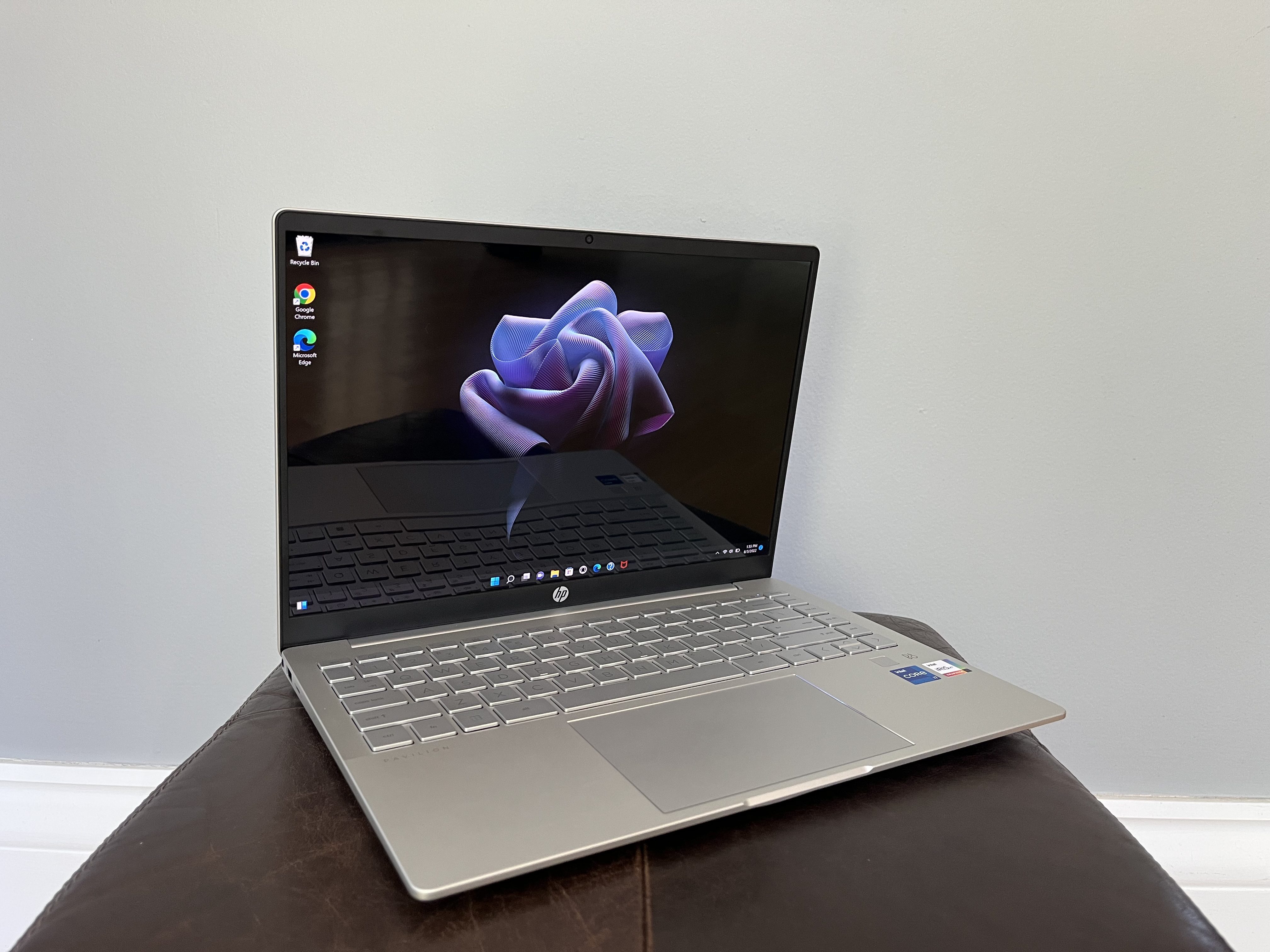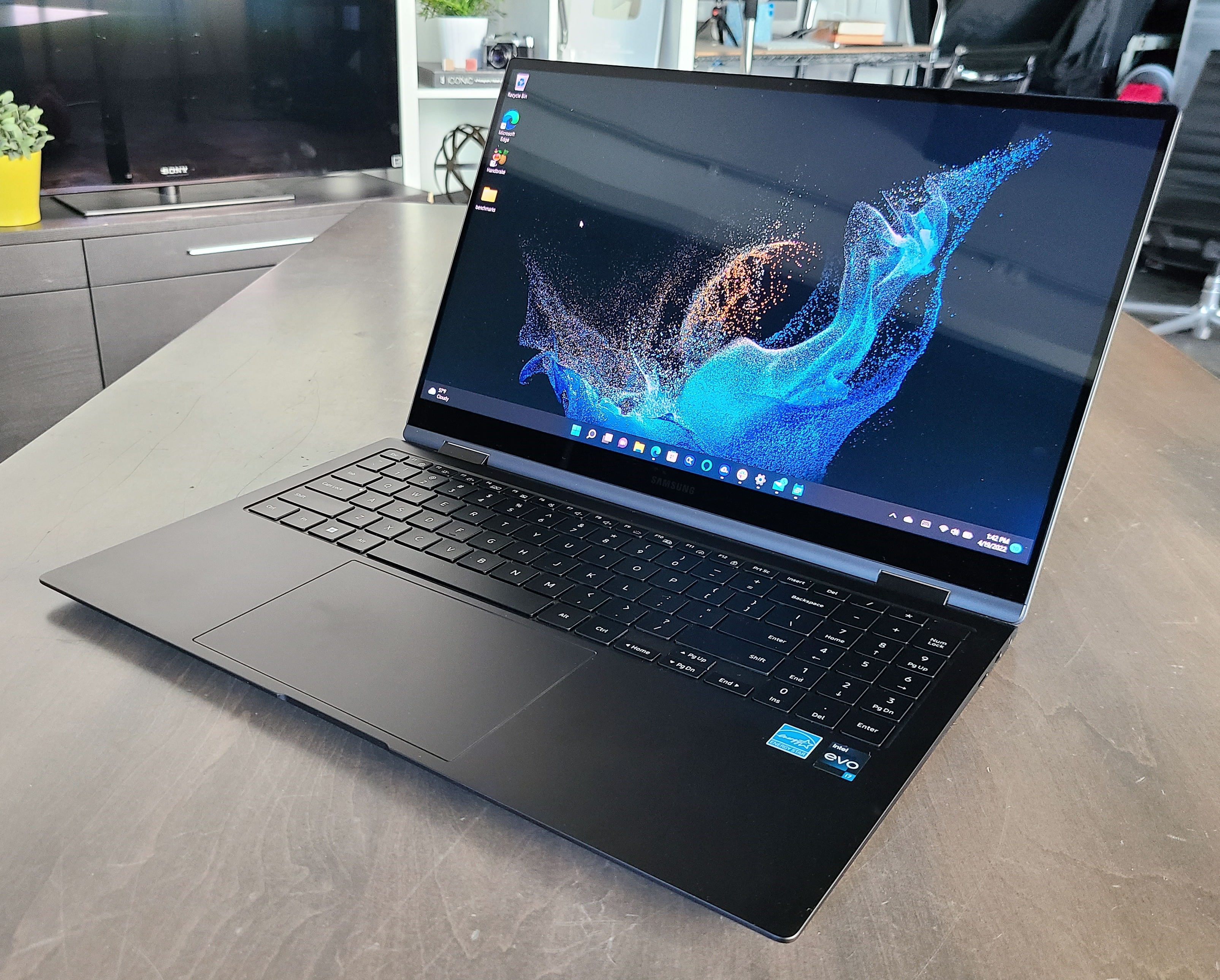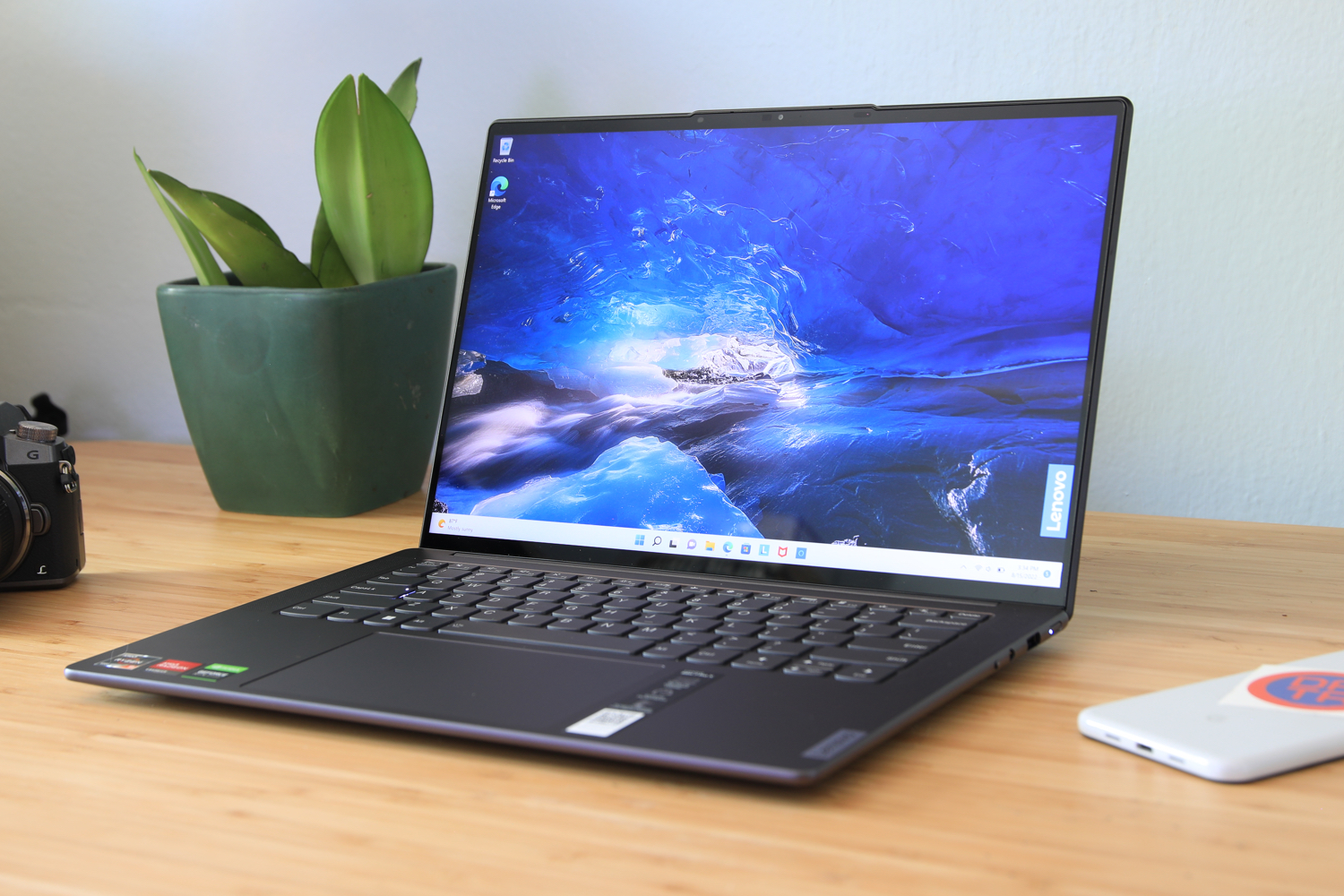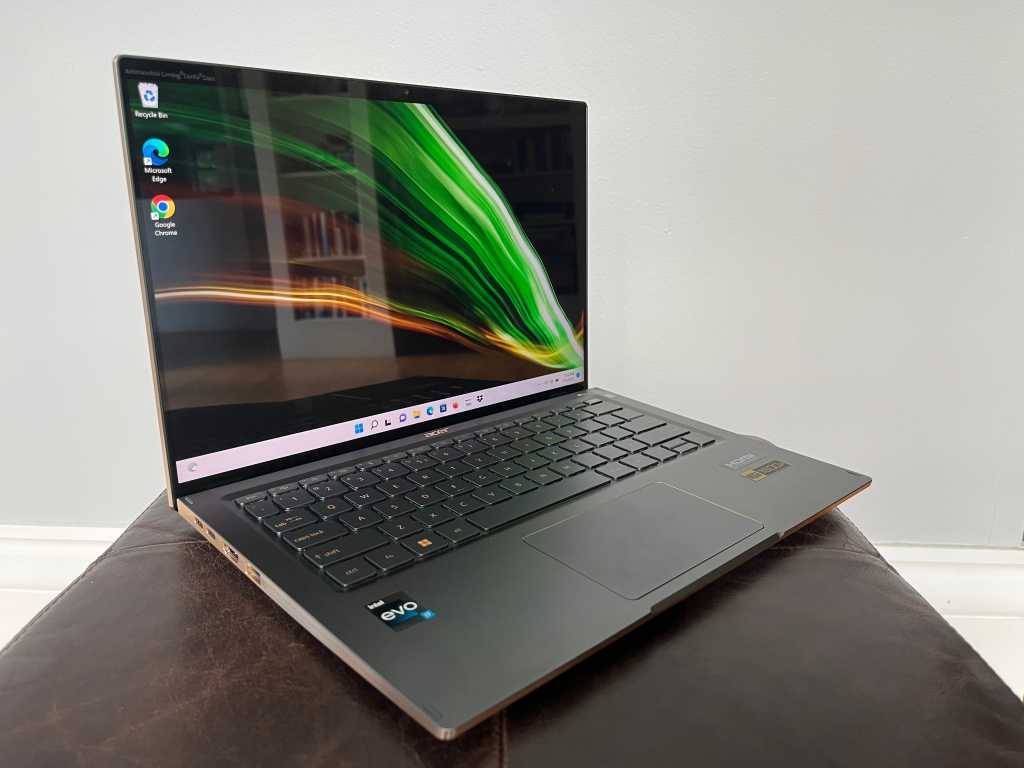If portability is a top priority of yours, then investing in an ultraportable laptop is the way to go. This class of laptops are exceedingly thin, lightweight, and generally have good battery life. However, while they may share certain essential characteristics, ultraportables can still differ greatly. From the parts they use, to the trade-offs they make to achieve ultraportability, to the build quality, it’s important to know what mix of features make the best ultraportable laptops.
Battery life, ergonomics, and specs are all worthy of consideration. Basically, the laptop needs to perform well and travel easily. But if you’re feeling overwhelmed by all the choices out there, don’t sweat it, as we’ve done most of the heavy lifting for you. See our recommendations below for the ultraportable laptops that our expert reviewers have deemed best.
For even more buying recommendations, see our roundup of the best laptops, which covers the full range of laptop sizes, prices, and purposes.
Dell XPS 13 Plus – Best ultraportable overall
Pros
- Fast CPU
- Gorgeous 3.5K OLED
- Great audio
Cons
- Only two USB-C Ports
- Middling battery performance
- No headset jack
Between the leading-edge performance and a stunning OLED panel, the Dell XPS 13 Plus is the cream of the crop among ultraportables. The Intel Core i7-1280P CPU has an impressive 14 cores, which means you can expect fast processing performance. It’s more than capable of whizzing through photo editing work as well as general-use tasks. This device also comes equipped with Intel Xe graphics, 16GB of RAM, and 512GB of SSD storage. In addition to the impressive internal components, we really liked the 13.4-inch OLED touchscreen. It has a resolution of 3456×2160, so you can expect a sharp and vibrant picture. That said, connectivity is limited and battery life is mediocre. If you can forgive those limitations, then the Dell XPS 13 Plus is a good option for most people.
Read our full
XPS 13 Plus 9320review
HP Pavilion Plus 14 – Best budget option

Pros
- OLED display is gorgeous
- Sleek, all-metal chassis
- Strong multimedia performance
Cons
- Woeful battery life
- Onboard memory can’t be expanded post-purchase
- Low contrast between keys and key symbols
The HP Pavilion Plus 14 is the most budget-friendly option on this list. The OLED display is stunning and the all-metal chassis is both durable and chic. Under the hood, you’ll find an Intel Core i7-12700H CPU, Intel Iris Xe integrated graphics, 16GB of RAM, and 1TB of PCIe NVMe SSD storage. That’s enough power for productivity work, not to mention general-use tasks. The 14-inch OLED display has a resolution of 2880×1800, an aspect ratio of 16:10, and a 90Hz refresh rate. According to our tester, the display produces “incredible contrast and deep blacks” as well as a “sharp picture” overall. That said, battery life is less than stellar. But if you’re looking to save some money on an ultraportable with decent specs, then the HP Pavilion Plus 14 is well worth considering.
Read our full
HP Pavilion Plus 14review
Samsung Galaxy Book2 Pro 360 – Best battery life

Pros
- Large, high-contrast OLED screen
- Fantastic battery life
- Top-notch 12th-gen Core performance
Cons
- Average keyboard
- Webcam doesn’t quite deliver as expected
- Fingerprint reader needed re-authentication
- Tons of additional apps
If you’re on the hunt for an ultraportable with excellent battery life, the Samsung Galaxy Book2 Pro 360 may be your best bet. When we ran our battery benchmark, which cycles through a bunch of different tasks and videos, the Pro 360 lasted 14 hours on a single charge. And, despite the hefty 67 watt-hour battery inside, the device itself still manages to weigh just a little over three pounds. As for the internal components, it has an Intel Core i7-1260P CPU, Intel Iris Xe integrated graphics, 16GB of RAM, and 1TB of SSD storage. That’s plenty of oomph for multitasking, media editing, spreadsheet work, and so on. The 15.6-inch AMOLED display has a resolution of 1920×1080, which is perfectly fine for most tasks. For ports, you’re getting three USB Type-C, one microSD, and one 3.5mm audio jack. If you’re a frequent traveler and need a laptop that’ll last you more than a full work day, the Samsung Galaxy Book2 Pro 360 is a great choice.
Read our full
Samsung Galaxy Book2 Pro 360review
Lenovo Slim 7 Pro X – Best for gaming

Pros
- Attractive, robust design
- Thin profile, low weight
- Enjoyable keyboard and touchpad
- Excellent processor performance
Cons
- No Thunderbolt 4, Ethernet, or dedicated video-out
- Display is sharp, but falls behind OLED alternatives
- Battery life is slightly behind the pack
MSRP:
$1,399 (baseline) | $1,765 (as reviewed)
The Lenovo Slim 7 Pro is something of a jewel among the sand dunes in that it’s an ultraportable capable of running games. It has a discrete graphics card, which usually takes up quite a bit of space inside of a laptop. However, the 7 Pro still manages to stay relatively lightweight at a little over three pounds. It also has a spacious keyboard with full-sized keys. According to our tester, the “key feel is excellent despite modest key travel, with a short but precise throw that bottoms out in a springy, tactile action.” While we love the keyboard and robust design, let’s take a quick peek at the most important bit: the guts. It’s packing an AMD Ryzen 6900HS CPU, an Nvidia GeForce RTX 3050 with 55 watt TDP, 32GB of RAM, and 1TB of SSD storage. This laptop is packing a good amount of power and should be able to handle some gaming as well as productivity tasks.
Read our full
Lenovo Slim 7 Pro Xreview
How we tested
The PCWorld team puts each and every Windows laptop through various benchmarks that test graphics and processing performance, battery life, and so on. The idea is to push the laptop to its limits and then compare it against others we’ve tested. Below, you’ll find a breakdown of each test and the reasons why we run them.
Windows laptops
- PCMark 10: PCMark 10 is how we determine how well the laptop handles general-use tasks like web browsing, word processing, spreadsheets, and so on. It’s how we simulate everyday use in a specific time frame.
- HandBrake: HandBrake is more intensive than PCMark 10. It measures how long a laptop’s CPU takes to encode a beefy 30GB file. This is more like a stress test.
- Cinebench: Cinebench is a brief stress test of the CPU cores. It does this by rendering a 2D scene over a short period of time. This benchmark shows us how well the CPU splits the workload.
- 3DMark: 3DMark checks if 3D performance remains consistent over time by running graphic-intensive clips. These benchmarks are used on gaming laptops.
- Video rundown test: To gauge battery life, we loop a 4K video using Windows 10’s Movies & TV app until the laptop dies. If you’re a regular traveler, you’ll want a battery that can last longer than a full work day.
[Looking for something different? Check out our roundup on the best 2-in-1 laptops]
Ultraportables are known for being travel-friendly machines due to their slender profiles. However, there’s more to them than their minuscule size. If you’re considering buying an ultraportable, but don’t know where to start, we’ve assembled an easy-to-follow FAQ section. We’ll go over everything from battery life to specifications.
FAQ
What’s an ultraportable?
Simply put, an ultraportable is a laptop that’s compact and lightweight. They usually weigh about three pounds and the screen size is 14-inches or smaller. They’re designed for people who take their laptop with them wherever they go. However, as a way to reduce the size of these machines, laptop manufacturers often eliminate USB ports and connectors.
How much power do I need?
For everyday use, we recommend a 12th-gen Intel Core i5 CPU, 8GB of RAM, and 512GB of SSD storage. That’s zippy enough for spreadsheet work, checking e-mail, and so on. If you fancy yourself a power user, we’d suggest springing for a 12th-gen Intel Core i7, 16GB of RAM, and 1TB of SSD storage. There aren’t too many ultraportables out there with discrete graphics, as that would add significant heft to a slimmed-down machine.
What about battery life?
When it comes to ultraportables, battery life is one of the more important aspects to consider. Whether you’re traveling for work or personal reasons, you don’t want to be stuck with a dead laptop. We’d recommend a laptop that can last anywhere from 12 to 14 hours on a single charge. That’s more than a full work day.

